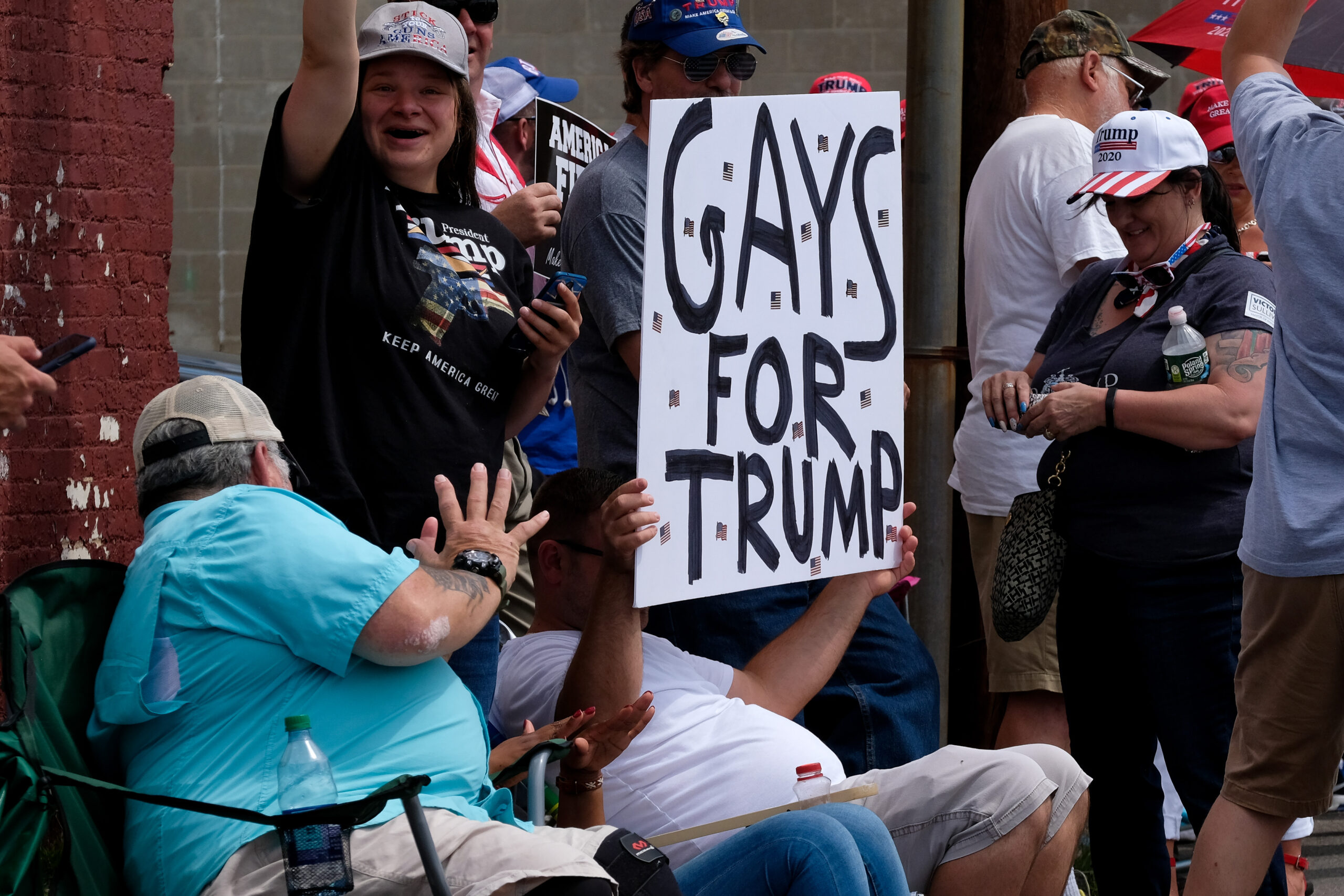
A Queer Divide: Why Europe’s LGBTQ+ Community Is Shifting Right While the US Stays Left
The political landscape is ever-shifting, and recent elections across the globe have revealed some unexpected trends. One of the most intriguing is the divergence in political leanings between LGBTQ+ communities in Europe and the United States. While the US LGBTQ+ electorate has remained largely progressive, and even swung further left in the 2024 election, a growing number of LGBTQ+ voters in Europe are gravitating towards right-wing and far-right parties.
This phenomenon was recently observed in Germany, where the Alternative für Deutschland (AfD), a radical, anti-immigrant party, secured second place in recent elections. Notably, the AfD’s support was bolstered by some LGBTQ+ voters, a trend echoed in the United Kingdom and France. In these nations, gay, lesbian, and bisexual voters are increasingly backing far-right or nativist political parties.
This "queer shift to the right" stands in stark contrast to the US, where LGBTQ+ voters have consistently leaned Democratic. In the 2024 election, LGBTQ+ voters demonstrated even stronger support for the Democratic Party compared to 2020. Kamala Harris secured the highest level of support from LGBTQ+ voters in modern history, with 86 percent casting their ballots for her. This makes the LGBTQ+ community one of the only demographics that shifted further left in the last election.
This raises the question: why is there such a significant divergence in political alignment between LGBTQ+ communities on either side of the Atlantic? Several factors contribute to this divide, including differing experiences with immigration and the historical context of LGBTQ+ rights movements in each region.
One key difference lies in the way immigration has impacted European societies compared to the US. Over the past decade, European countries, particularly France and Germany, have experienced a significant influx of refugees and migrants. This has led to heightened concerns about security, cultural identity, and public order. Far-right parties in Europe have capitalized on these anxieties by focusing on stricter immigration policies, suspicion of Islam, and a reclamation of national identity.
These parties have also strategically positioned themselves as defenders of LGBTQ+ rights against what they portray as the "backward" values of immigrant communities. By creating a binary between tolerant natives and intolerant immigrants, far-right parties have successfully attracted some LGBTQ+ voters who feel their rights are threatened by changing demographics. This "homonationalist" sentiment, where LGBTQ+ rights are weaponized to differentiate between native and immigrant populations, is particularly prevalent in Europe.
In contrast, the US has a long-standing tradition of being a land of immigrants. While anti-immigrant sentiment has recently increased due to economic anxieties and concerns about public order, it has not reached the same level of intensity as in Europe. Consequently, immigration has not functioned as a wedge issue for LGBTQ+ voters in the US to the same extent as it has in Europe.
Another crucial factor is the historical context of LGBTQ+ rights movements in the US. Both the Democratic and Republican parties initially opposed LGBTQ+ rights. However, the Democratic Party has gradually evolved to become more accepting and supportive of LGBTQ+ people. In contrast, the Republican Party has remained largely hostile, particularly in recent years. The GOP has actively engaged in fearmongering around trans athletes, bathrooms, and LGBTQ+ education in schools.
This stark difference in the stances of the two major parties has had a profound impact on the political alignment of LGBTQ+ voters in the US. Young queer individuals are often turned off by the Republican Party’s discriminatory rhetoric and policies. As the US operates within a two-party system, LGBTQ+ voters who reject the GOP have little choice but to align with the Democratic Party or abstain from the political process altogether.
The US LGBTQ+ community also tends to be younger and more female, demographics that are more likely to hold liberal views. The growing number of Gen Z individuals who identify as transgender has further solidified the LGBTQ+ community’s alignment with the Democratic Party, given the Republican Party’s stance against trans rights.
It’s important to note that none of these dynamics are set in stone. Political ideologies are constantly evolving, and future shifts in the political landscape could alter the alignment of LGBTQ+ voters in both Europe and the US. However, for the time being, the prospect of a growing right-wing LGBTQ+ movement in the US faces significant hurdles.
The divergent paths of LGBTQ+ communities in Europe and the US highlight the complex interplay of factors that shape political alignment. Immigration, historical context, and the stance of major political parties all play a crucial role in determining which way LGBTQ+ voters swing. While the US LGBTQ+ community has remained a steadfast pillar of the Democratic Party, the rise of homonationalism in Europe has led to a more complex and fragmented political landscape for LGBTQ+ individuals. As the political climate continues to evolve, it will be crucial to monitor these trends and understand the factors that influence the political choices of LGBTQ+ voters across the globe.
